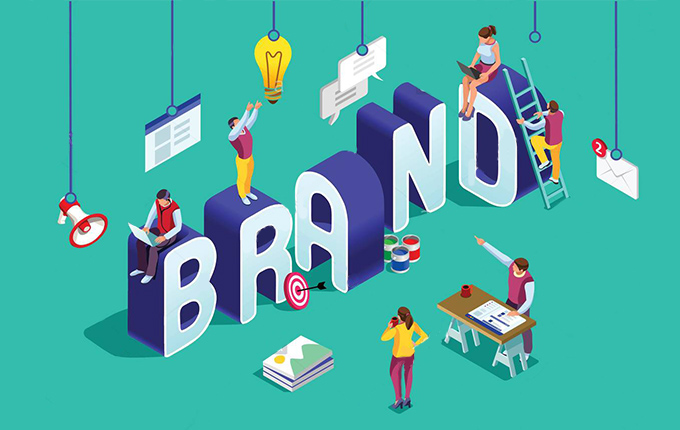
5 Biggest Branding Trends for 2023 and Beyond
Over the past few decades, branding has changed tremendously, with businesses now placing greater emphasis on creating a thorough branding strategy that includes not only their logo and tagline but also their values, customer experience, and general reputation. The importance of branding has increased in the current digital age as businesses try to stand out in a crowded market and forge new, meaningful connections with their customers. Now that 2023 has arrived, it’s critical for businesses to comprehend the most recent branding trends that will influence the sector in the following year. Whether it’s augmented reality, experiential marketing, or purpose-driven branding, the trends covered in this article will help businesses stay ahead of the curve and make meaningful connections with their customers.
Purpose-Driven Branding

A young man is taking care of his business brand
Customers are growing more and more interested in the principles and philosophies of the businesses they patronize. Aligning a company’s beliefs with its consumer base and leveraging those values to inform business decisions are the main components of purpose-driven branding. Brands that can effectively convey their mission will experience a rise in customer advocacy and loyalty. Purpose-driven branding helps businesses connect with customers who have similar beliefs, but it also helps them stand out from the crowd and improves their reputation. In 2023, we may anticipate seeing more businesses implement purpose-driven branding as customers continue to become more socially and ecologically conscious.
Voice Technology
Voice technology is becoming more and more a part of our daily lives, and 2023 is predicted to see this trend continue. Consumers are growing more accustomed to using voice commands to operate their gadgets and access information as smart speakers and virtual assistants like Amazon Alexa and Google Home gain popularity. If companies want to stay ahead of the curve, they must invest in speech technology and provide their customers with an intuitive interface. Giving customers voice-activated ordering or informational experiences is one way to do this. If businesses can successfully use voice technology in their branding strategy, they will be better equipped to communicate with customers and stay ahead of their competitors.
Experiential Marketing
The main goal of experiential marketing is to give consumers unforgettable experiences. Pop-up stores, immersive experiences, or interactive installations might be used to accomplish this. More businesses are likely to use experiential marketing in 2023 to give their clients one-of-a-kind and memorable experiences. In effective brand building, it’s important to work with proper experts who will take all the new experiences into consideration and help you build something that will wow the consumers and enrich their lives. The retail and hotel sectors, where businesses are seeking ways to stand apart from their rivals, will see a particularly high prevalence of this trend.
Micro-Influencer Marketing

A schematic representation of influencer work in a nutshell
Although influencer marketing has become more popular in recent years, a move to micro-influencer marketing is anticipated in 2023. Micro-influencers are those who have a modest but active social media following. Working with micro-influencers increases a brand’s chances of reaching a highly targeted audience and obtaining sincere recommendations from people who are enthusiastic about its items. We can anticipate that more companies will use micro-influencer marketing in 2023 to expand their consumer base and raise their profile.
Augmented Reality
A customer’s experience with a product or service can be improved using augmented reality (AR) in the context of branding. For instance, a retailer of furniture may employ augmented reality to let customers see how a piece would look in their house before making a purchase. Customers may digitally try on cosmetics from a beauty company to see how a certain shade would appear on their skin before purchasing it.
Companies may give their customers engaging and memorable experiences by integrating AR into their branding strategies. AR offers a fresh and cutting-edge approach for businesses to interact with clients, which may also help them stand out from the competition. Additionally, AR gives businesses the chance to gather crucial information about consumer interactions and preferences that can be utilized to guide their future branding and marketing initiatives.
In order to stay ahead of the curve as we travel into 2023, businesses must be informed of the most recent developments in the rapidly expanding field of branding. The themes we’ve covered in this article, from purpose-driven branding to augmented reality, reflect the most important ways that businesses can engage with their clients and create enduring bonds. Investments in these trends will put businesses in a strong position for success in the upcoming year and beyond.

